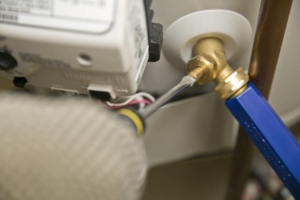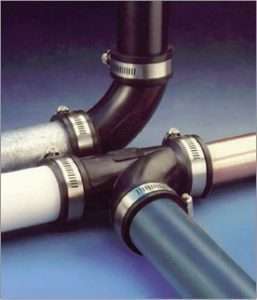Vacuum Breakers For Hose Bibs
Having an anti-siphon system for water is important because it helps to prevent backflow and contamination of your water supply. Vacuum breakers for hose bibs are a common installation for newer homes.
No worries if your home is older or missing vacuum breakers. They are easy and cheap protection to add without any handyman experience.
Backflow occurs when contaminated or polluted water flows back into the potable water supply, possibly causing health risks and damage to the environment.
An anti-siphon system serves as a one-way valve, allowing water to flow out of the system, but not back in. This keeps your potable water clean and safe from contamination.
In addition, an anti-siphon system can help to reduce water waste. Since the system prevents backflow, it also helps keep water from being siphoned off into non-potable systems or into the environment, helping to conserve water and reduce waste. Backflow can damage plumbing fixtures, irrigation systems, and other parts of your home or business that use potable water.
By having an anti-siphon system in place, you are taking steps to help protect your property from potential damage caused by backflow.
A vacuum breaker is a type of anti-siphon system that is typically used to protect potable or drinking water sources. This type of system works by breaking the vacuum created when water flows out of the supply line, preventing backflow from occurring.
The cost of a vacuum breaker varies based on the size of your system and other factors, but you can expect to pay anywhere from $5-$15, and easy to install.
Conclusion:
I personally have not witnessed a problem from not having the device in place but I wouldn’t want to be the home that does have the problem so for a few dollars and minutes of my time. I added them to my 1992 home here in South Florida. I recommend considering adding vacuum breakers for hose bibs if you are missing them and not removing those in place unless they need to be replaced.
As always, if you have any questions please don’t hesitate to reach out to us. We would be happy to help clarify anything that may still be unclear.





